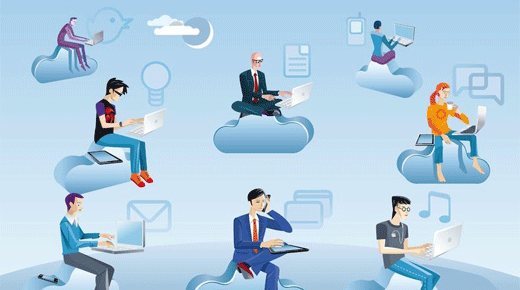Sponsored Content
A new report by Jupiter Research says $8 trillion will be the price tag—within the next five years—of cyber attacks against businesses around the world. Hacks and other forms of digital theft are accelerating despite what would seem to be nonstop efforts by corporations to harden their networks with anti-virus software, network intrusion filters, virtual private networks, vulnerability testing, and all manner of expensive gadgets to keep the bad guys out.
Much of the risk escalation is due to the explosion in mobile devices that once were confined to personal use but now are ubiquitous in the modern workplace. And—let’s face it—the unfortunate fact that cyber crime does, all too often, actually pay. Very few digital intruders are ever caught. This makes prevention disproportionately vital, considering there is virtually no “cure” once the theft has occurred.
Despite all the dazzling technology being used to create information and then defend it, today’s best view of the IT insecurity problem can be found by looking in the mirror. Staring back is a smart, hard-working professional with a job to do. Doing a good job presents, on a daily basis, myriad natural risks to the security of sensitive business information within your own organization and spread across the data streams connecting your company to customers, suppliers, and business partners.
…

Add new comment